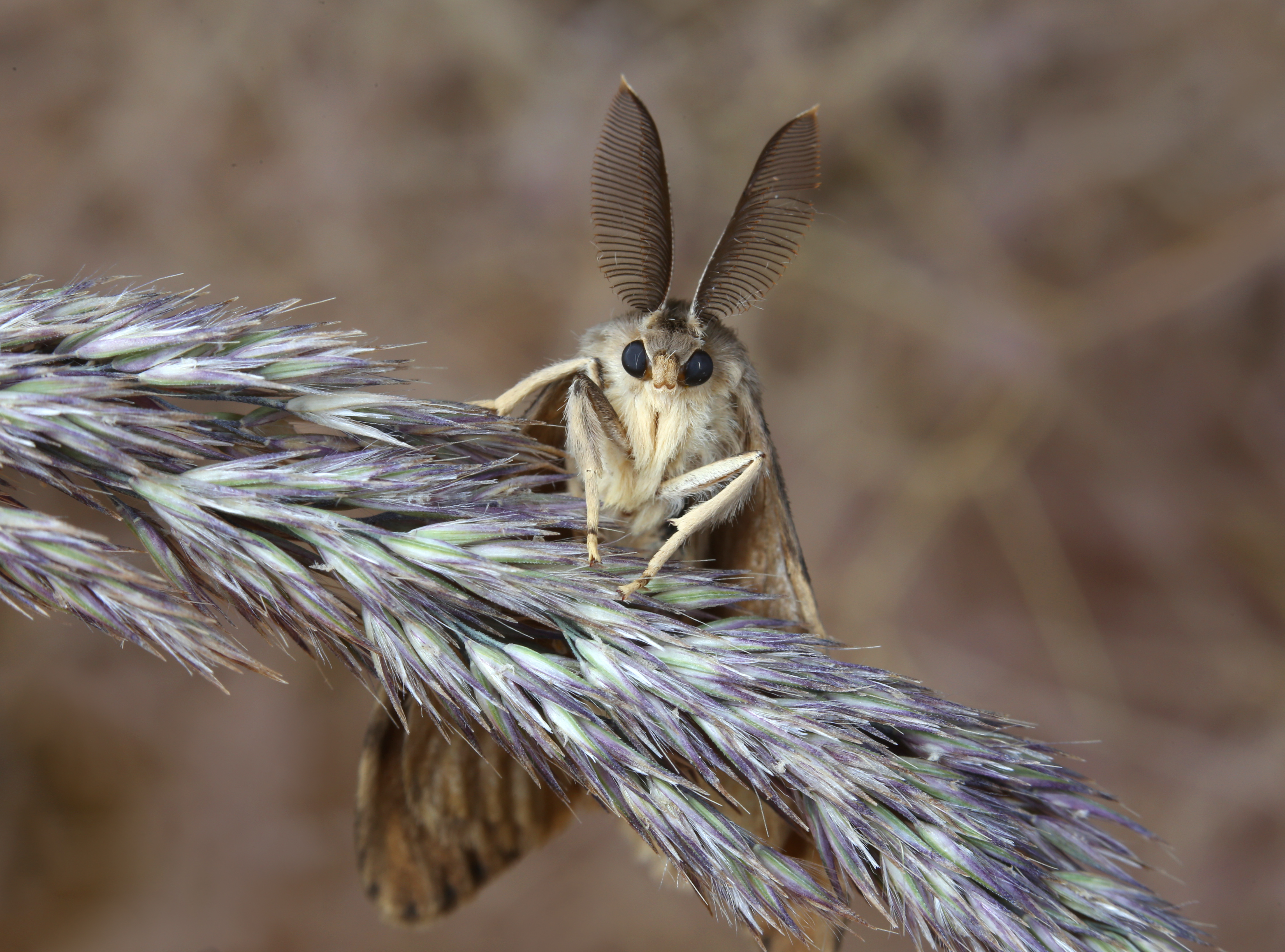
There’s a reason border agents are such sticklers when it comes to bringing any kind of food, animal, or plant into another country. Invasive animals, or foreign species, have long wrecked havoc on the environments into which they were introduced, killing off established animals, adding more competition for food sources, and eating up vegetation that’s required for the ecosystem to thrive.
These days we’ve (somewhat) learned our lesson, and aside from the exotic pet trade and smuggling we’re a little smarter when it comes to protecting our turf. Still, here are 12 animals that continue to have a profound effect on the habitats into which they were introduced, seriously messing up the ecosystem.
Asian common toad

Move over cane toads, because there’s a new invasive toad that’s causing chaos in Madagascar—the home of many unique and exotic animals that can’t be found anywhere else in the world. These toads were spotted in 2014 in the country’s largest seaport, and now according to a study their toxic slime could kill almost all of the 88 species that are likely to try and eat it.
North American lake trout

Back in the 1930s, U.S. and South American officials thought they were helping bolster a food source by introducing these fish into Lake Titicaca, the world’s highest navigable lake. Little did they know that just a few short years later both the native killifishes and catfish species already present in the lake would either be endangered or thought to be extinct.
Zebra mussels

These pesky freshwater bivalves are native to the Black Sea region of Eurasia, but recently they’ve been wreaking havoc on the Great Lakes, specifically in Canada. They’re known to colonize hard and soft surfaces like docks, boats, and break walls, which means they can clog intake structures in power stations and water treatment plants. Furthermore, their presence is linked to an increase in algal blooms, which impacts spawning areas.
Crown-of-thorns starfish

These magnificent-looking starfish aren’t actual invasive species, but they’re certainly invading the Great Barrier Reef. The starfish is native to the Indo-Pacific region, where it helps healthy coral reefs by eating the fastest growing corals, which in turn allows the slower species of coral to form colonies. The problem is outbreaks of the starfish (caused by a few factors, including overfishing of natural predators and elevated nutrient levels in the water) have led to the coral being consumed faster than it can grow.
Asian long-horned beetle

Thanks to untreated wooden packing crates originating in China, these bugs are bugging out the North American ecosystem—specifically its trees. The critters chew out cavities in everything from poplars and maples to elms and mulberries, forcing officials to cut them down before their subsequent structural weaknesses pose a danger to cars and passersby.
European starling

It’s all Shakespeare’s fault. In 1980 a well-meaning lit lover named Eugene Schieffelin brought these birds with him from Europe to New York in a bid to introduce every bird mentioned by Shakespeare into North America. What he probably didn’t count on were the birds kicking other species of birds out of their nests, consuming entire fields of wheat, or transmitting avian, animal and human diseases.
Nutria

These South American rodents were brought to North America in the 1930s to help bolster the fur-farming industry, but they became feral just over a decade later. These animals eat roughly 25 per cent of their body weight in plant roots and stems every day, which means they’ve subsequently destroyed marshes that provide flood protection and a habitat for other animals. Meanwhile, they also host a bunch of different parasites and pathogens.
Gypsy moth

They may sound like exotic, worldly bugs, but these moths pack a pretty mean punch when it comes to damaging North America trees. Native to Europe, this forest pest is one of the most damaging defoliators around, with aspen and oak leaves topping its list of favourite meals.
Asian carp

Thanks to research facilities, individual stocking, and boneheaded government officials using them to eat up algae, Asian carp (a term applied to a bunch of different Eurasian carp species now existing in North America) are taking over. Not only do these fish eat snails and mussels, posing a problem for the invertebrate species, but they’re outcompeting other fish for food sources too.
Burmese python

These slithery creatures are a prime example of why the exotic pet trade is a dangerous one. Hailing from Southeast Asia, the snakes have now taken over the Everglades where all kinds of local animals—including alligators—have been found in their stomachs. It’s gotten so serious that Florida has started training its citizens on how to catch the creatures.
Wild boar

While it probably seemed like a good idea to import these animals in the 1500s from Europe as a food source, today they’re prominent across the U.S. where they’re eating up native plants, rooting in the dirt and eroding soil, and making room for invasive plant species to come in with their own brand of eco-terror.
Lionfish

These fish, which are native to the Indo-Pacific and Red Sea, are certainly cool to look at. But they’re also threatening to take over the waters now that they’ve showed up along the East Coast and the Gulf Coast in America, not to mention the Atlantic coast along South Africa. These buggers prey on small fish but also add competition for the survival of larger fish, come with spines full of venom, and have no known natural predators.
